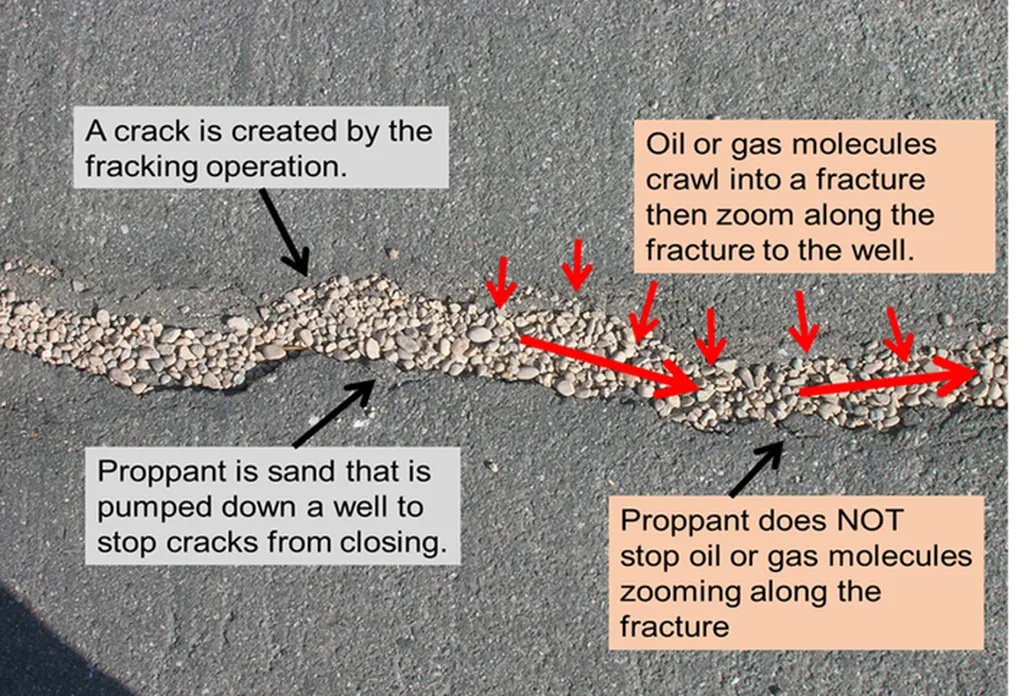In the realm of energy and environmental research, understanding how fluids move through fractured rocks is crucial for effective carbon storage and geothermal energy production. Researchers Alessandro Lenci, Yves Méheust, Marco Dentz, and Vittorio Di Federico, affiliated with the Barcelona Supercomputing Center and the University of Rome, have delved into this complex topic in their recent study published in the journal “Water Resources Research.”
The team focused on modeling the movement of fluids through synthetic fractures in rocks, considering the variability in fracture widths and the distances over which these widths are correlated. They found that the flow of fluids within these fractures is highly heterogeneous, with the degree of heterogeneity influenced by the ratio of fracture width variability to average width and the correlation length of the fracture widths.
To better understand this behavior, the researchers employed a method called a time-domain random walk (TDRW) to simulate the movement of fluid particles. They discovered that the average position of the fluid particles moved linearly over time, while the spread of the particles initially followed a ballistic pattern and later transitioned to a regime controlled by the low-velocity power law, which is dependent on the ratio of fracture width variability to average width.
The researchers also developed a one-dimensional continuous-time random walk (CTRW) model that uses only the velocity distribution of the fluid, the tortuosity of the flow path, and the correlation length of the fracture widths. This model closely matched the results of the TDRW simulations and enabled analytical predictions of the long-term behavior of fluid transport.
The practical applications of this research for the energy sector are significant. For instance, in carbon storage projects, understanding the movement of fluids through fractured rocks is essential for ensuring that stored carbon dioxide remains securely contained. Similarly, in geothermal energy production, knowledge of fluid flow through fractures can help optimize the extraction of heat from the Earth’s subsurface.
In summary, the study by Lenci, Méheust, Dentz, and Di Federico provides valuable insights into the complex behavior of fluid flow through fractured rocks, with important implications for the energy industry. Their findings contribute to the ongoing efforts to develop more efficient and effective methods for carbon storage and geothermal energy production.
This article is based on research available at arXiv.

